I was recently asked how to take great photos with bad lighting. The simple answer is there really is no such thing as bad lighting — you just have to get a little creative.
Window light
I have one small window in the studio, which faces east. This gives me beautiful winter morning light, but during the summer it is too bright and needs to be diffused or softened. In the afternoon, there is no direct light and it is beautiful, soft and diffused at any time of the year.
You can use a scrim or cheap see-through curtains or even a show screen to diffuse your light.
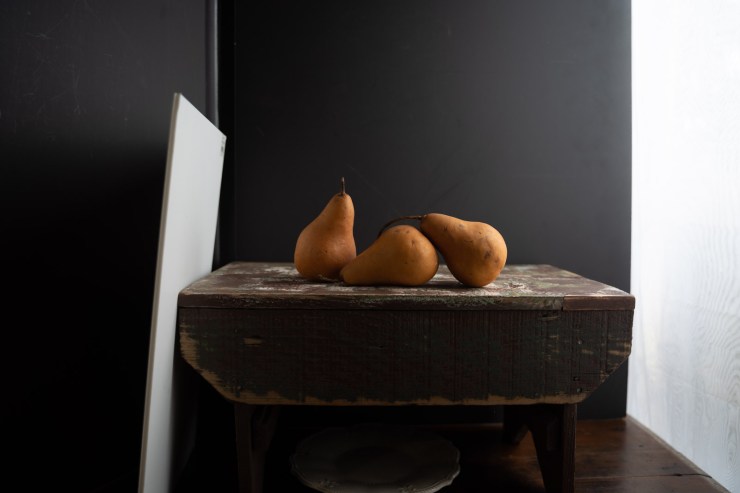
Still life
When it comes to still life, consider using a tripod, to avoid any camera shake. As you may need to use a low shutter speed to adequately capture enough light on your subject. Also, consider spot metering, so you can isolate and meter for your subject, not the surrounding image.
Use a V-flat to block any unwanted light. Use the widest aperture you have like f/2.8 or wider. This will allow in more light. Turn off any lights that may be on, they can throw strange, unwanted shadows.
Use a reflector to bounce light onto your subject. Using a reflector is the key to really wrapping light around your subject. Look at the three images below; taken without, partial and a full reflector … so much more depth can be achieved by using a little reflected light, even with a really bad window light. Place the reflector opposite the window to bounce the light back onto your subject.
.mgl-masonry { display: none; } #mgl-gallery-634eefffaf0b2 { column-count: 3; margin: -5px; } #mgl-gallery-634eefffaf0b2 .mgl-item { padding: 5px; } #mgl-gallery-634eefffaf0b2 figcaption { padding: 5px; } @media screen and (max-width: 800px) { #mgl-gallery-634eefffaf0b2 { column-count: 2; } } @media screen and (max-width: 600px) { #mgl-gallery-634eefffaf0b2 { column-count: 1; } }
No reflector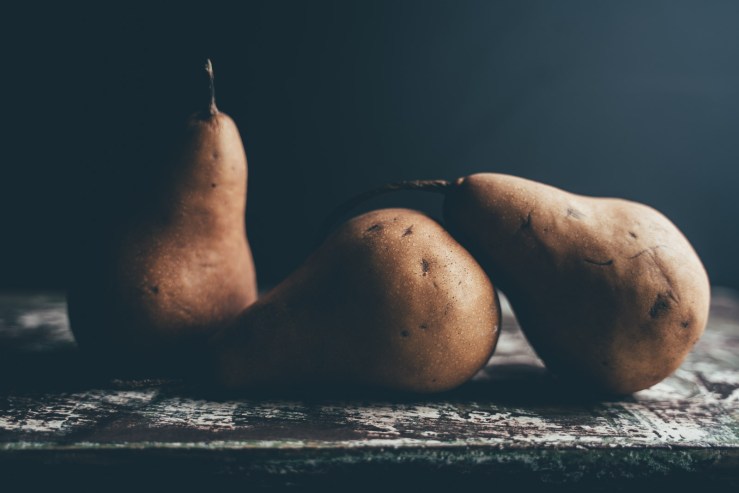
Partial reflector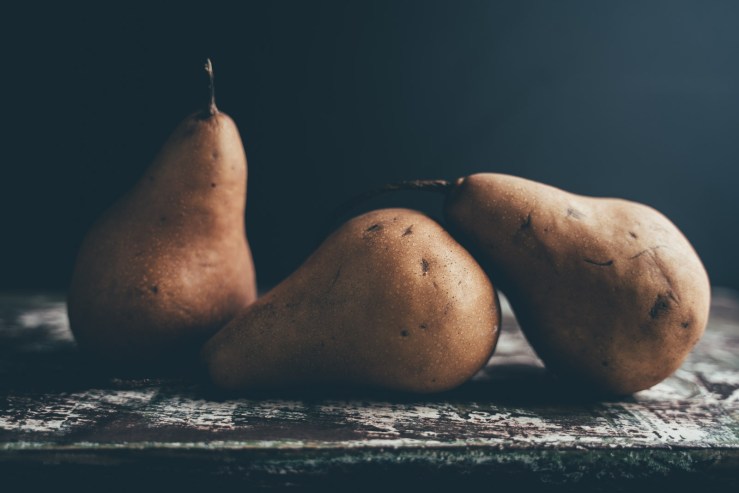
Full reflector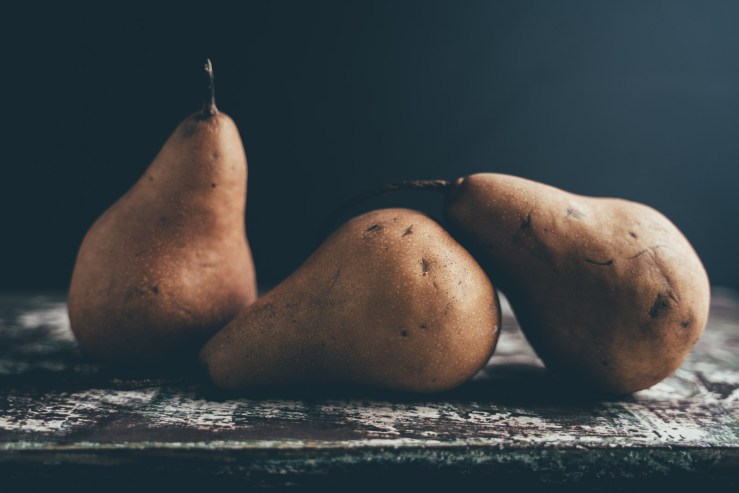
Portraits
The same advice can be given for portraits too. You may wish to shoot handheld, rather than on a tripod. In that case, you will need to increase your ISO to keep your shutter speed at least above 1/60s to avoid camera shake. But remember — the higher the ISO, the more noise that can appear in your images.
For a dramatic look, ask your model to look toward the window light. Alternatively, you can also balance out the light by using a reflector. See the below examples.
.mgl-tiles { display: none; } #mgl-gallery-634eefffaff68 { margin: -5px; width: calc(100% + 10px); } #mgl-gallery-634eefffaff68 .mgl-box { padding: 5px; } @media screen and (max-width: 768px) { #mgl-gallery-634eefffaff68 { margin: -5px; width: calc(100% + 10px); } #mgl-gallery-634eefffaff68 .mgl-box { padding: 5px; } } @media screen and (max-width: 460px) { #mgl-gallery-634eefffaff68 { margin: -5px; width: calc(100% + 10px); } #mgl-gallery-634eefffaff68 .mgl-box { padding: 5px; } }
Window light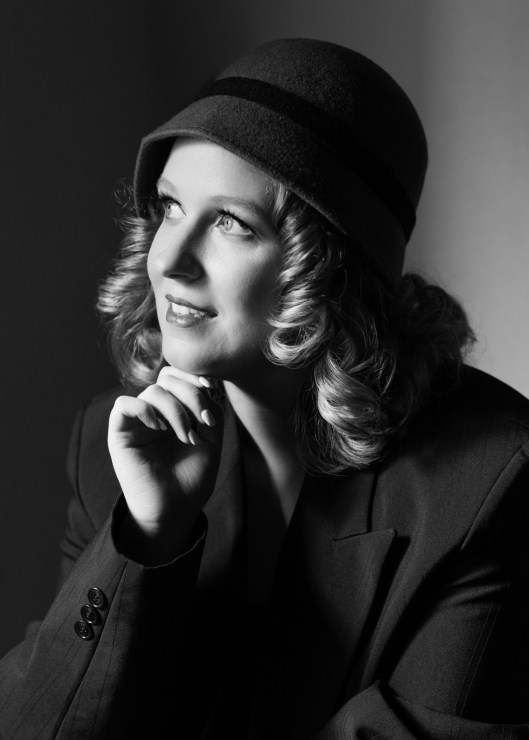
Window light with reflector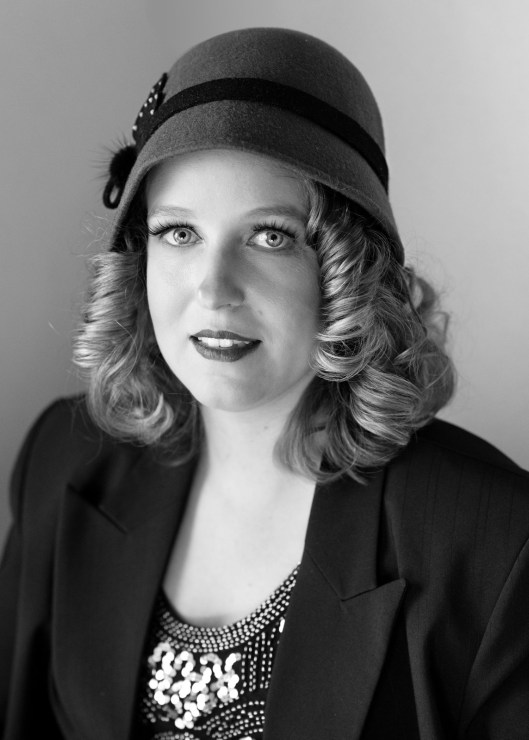
There’s no such thing as bad lighting
So you see there really is no such thing as bad lighting, you just need to get a little creative. With harsh noon day sun, use a scrim to diffuse it and a reflector to bounce light where you want it. Even just before or after sunrise or sunset, when the light is so beautiful, you may need to consider a reflector or even a speedlight as a fill light. It really all depends on the look you are after.
If you would like to learn more about making the best of your lighting, whether that is natural or artificial, check out my self-paced online course, “Capturing Light for Better Photography.” There is even a 25% discount for Photofocus readers — just use the code take25.
Tell your story with the second annual Visual Storytelling Conference!
Experience four days of interactive, online training sessions featuring a range of educational content with experienced photographers and content creators. This free event kicks off with a series of technical boot camps to build essential skills, followed by live, online sessions on photography, video, business and social media. Join live from March 10-13, 2022!
